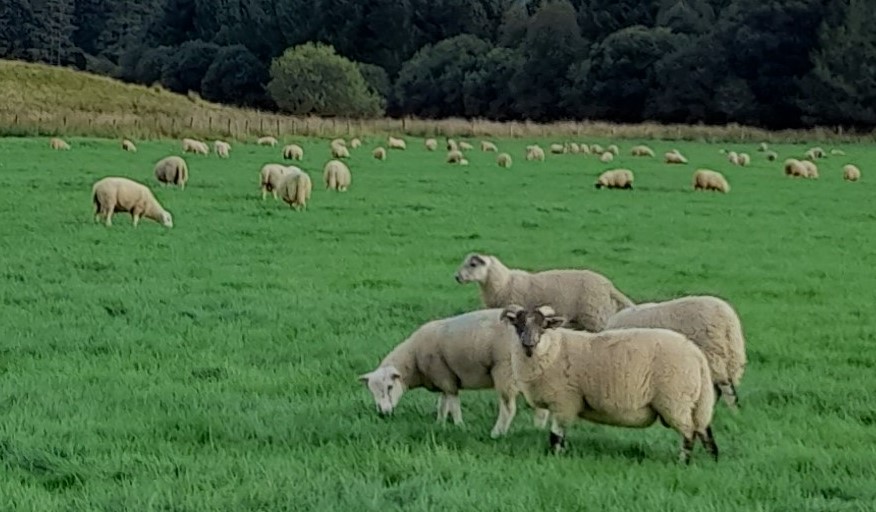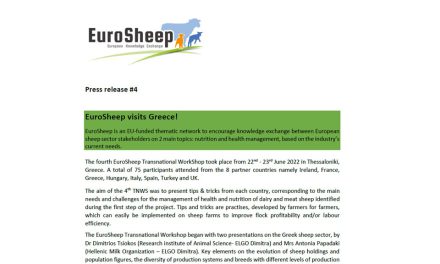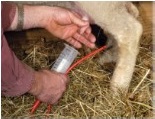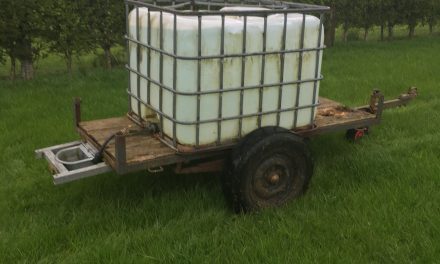This post is also available in:
![]()
![]()
![]()
![]()
![]()
![]()
Guidelines on milk/grass transition
Lamb Transition ManagementAim: Planning and management of lamb feeding regime to ensure adequate transition between milk and grass, so that they continue to achieve target live weight gains after weaning.
These guidelines provide advice on when to wean. This will be dependent on several factors such as grass availability, ewe body condition, rearing of multiples and target lamb market sale.
How to implement:
The booklet from AHDB “growing and finishing lambs for Better returns” provides advice on managing the transition and other factors such as importance of minimising stress during this period. There is also advice on creep feeding and what situations this would be advantageous to provide creep feeding.
https://www.fas.scot/article/weaning-strategies-to-reduce-stress-in-sheep/
https://www.fas.scot/article/should-you-wean-lambs-early/
https://www.fas.scot/article/creep-feeding-lambs/
https://ahdb.org.uk/knowledge-library/growing-and-finishing-lambs-for-better-returns
Production: Meat/Dairy
Animal Category: Lamb
Issue: Post weaning management: adaptation to new feedingregime (lamb)
Level of Solution: Knowledge
Country: UK

Expected benefits
Expected benefits: Improved lamb performance and high live weight gains. Reduction in weaning check during this period of transition.
Prerequisites and/or limits: Advice will depend on individual’s situation/ climatic factors but the principles can still be applied on managing transition.
Cost Benefit analysis
For Scottish grass-based farms the benefit of good weaning management is that lambs are sold sooner, and this means there is more grass available for the breeding ewe flock in the lead up to mating. This can be capitalised on with greater ewe condition, greater stocking capacity on the farm or less feeding required in the Autumn and Winter. This analysis worked on the assumption that the greater ewe condition will result in a 2% greater rearing percentage worth £1,710 for the benchmark farm.
Sustainability analysis
By reducing stress and managing weaning well, the farmer is maximising the feed efficiency of the lambs at grass which reduces the need to potentially feed them later in life when their feed efficiency is poorer. In addition, by increasing the output per ewe, the greenhouse gas emissions per kilogram of lamb are reduced because the ewe’s methane emissions are divided by more kilograms of lamb output.
Reducing stress at weaning benefits the welfare of the lambs.






